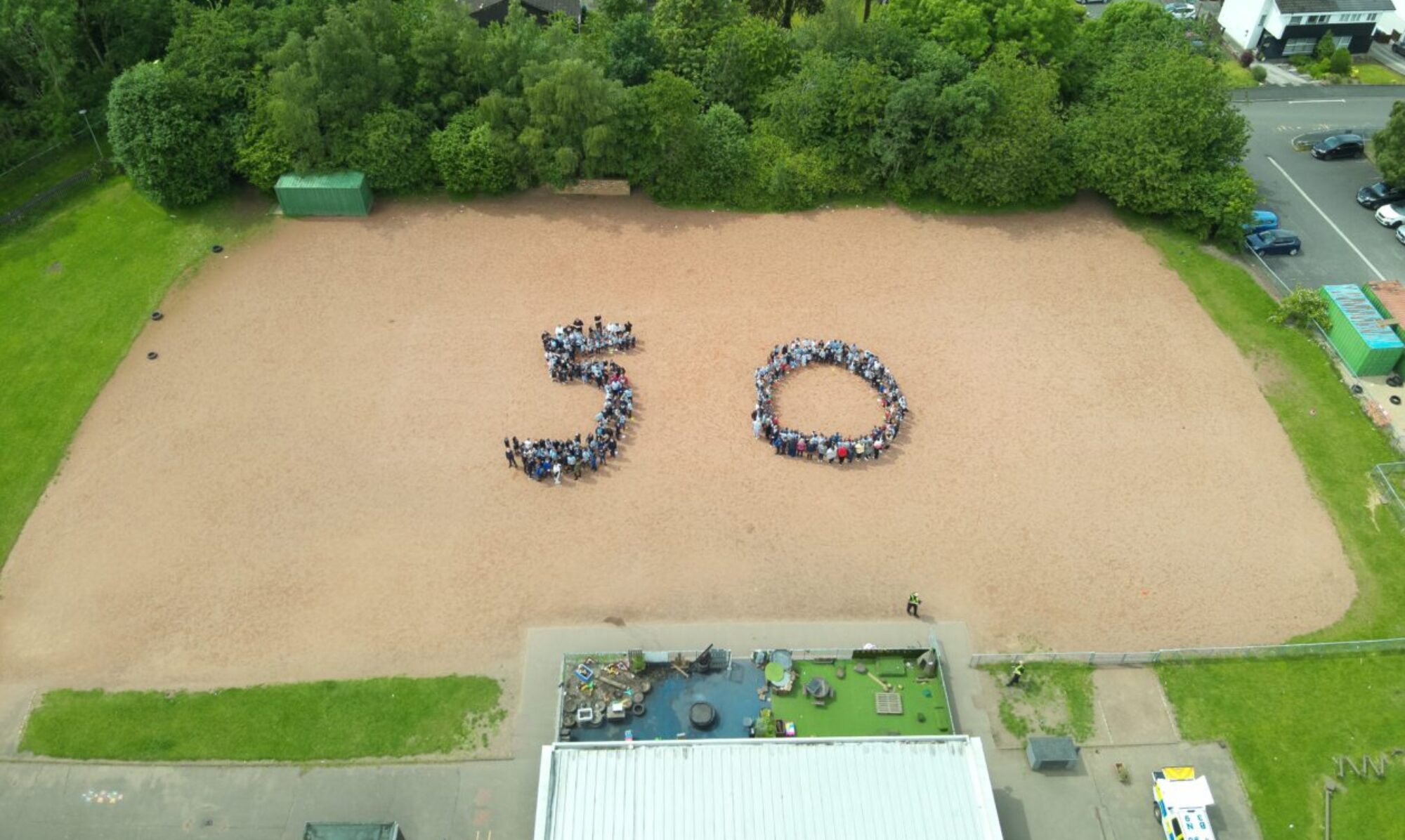I hope everyone had a lovely October break- I’ve enjoyed reading the children’s news today. (Most) PE kits came home over the holidays for washing/checking. If they could be returned for P.E tomorrow that would be great.
A reminder that homework folders should be available in school each day so that children may access their reading books and letters issued can be stored safely.
Homework tasks this week:
Reading– core reader (reading book);
Spelling– spelling pattern oo– and common words (me, we, be, she)
Please encourage your child to:
Say the word e.g. look
Break it into the sounds e.g. l-oo-k(3 sounds)
Blend it- l..oo..k.(stretching out each sound)
Write it (whilst covering the word)
Check it (against the written format)
If possible tackle one column of spelling on 2 different nights. An active spelling grid is in the front cover of the literacy homework jotter. You should pick one to try on a third night.
There will be a spelling dictation on Friday this week.
Maths-Numbers to 20.
The children have a practical task. Many children will benefit from repeated practice of some of the tasks over the next couple of weeks, in order to develop confidence and make their learning secure.
A list of different tasks with some ideas on how to make it easier or more challenging for your child has been given. Some children may require a degree of adult support to start with but this may be removed over time. It might not be appropriate for all children to attempt all the tasks at this stage. It is best to keep sessions short and revisit rather than overdo it on one occasion.
Aspects suggested include:
- Reading numbers (this could be extended to writing numbers without looking)
- Sequencing numbers– low to high and high to low using knowledge of forward and backward number word sequences to help (increase challenge level by starting at numbers other than forward from 1 and back from 20.
- Ordering numbers– from low to high and high to low- (the difference between ordering and sequencing is that there won’t be a pattern in ordering it is just placing in order 6/8 random cards)
- Find the number before/ after 1 less than/1 more than (it’s useful to become familiar with different number vocabulary) (make it more challenging by asking for 2/3 less than/more than- children will need to count on and back)
- Sorting numbers into odd and even. How do you know? (prove it through drawing? Partitioning? Other method?)
- Make an odd or even number sequence (e.g. 2,4,6,8… 1,3,5,7… )
- Partitioning teen numbers in to 10 and ___- e.g. 16 is 10 and 6
Thanks for your support with homework.
Ms Crawford

